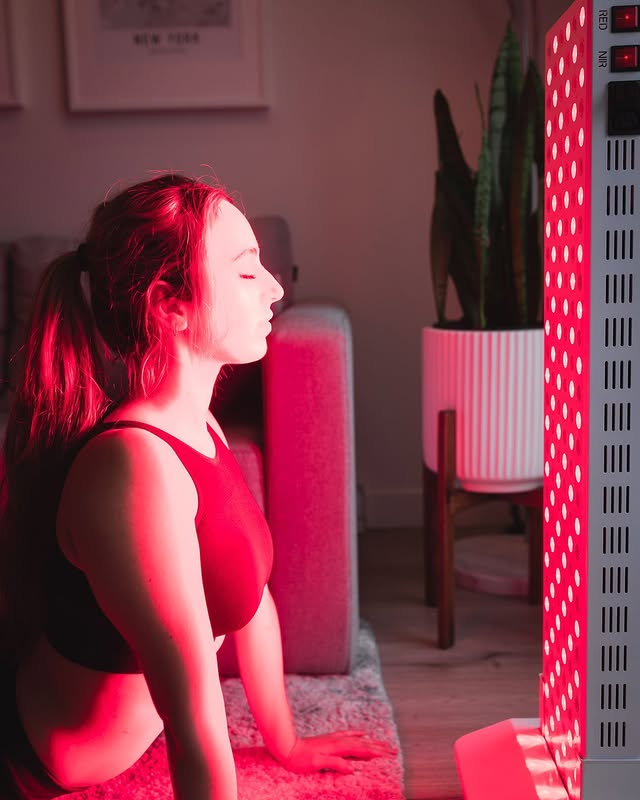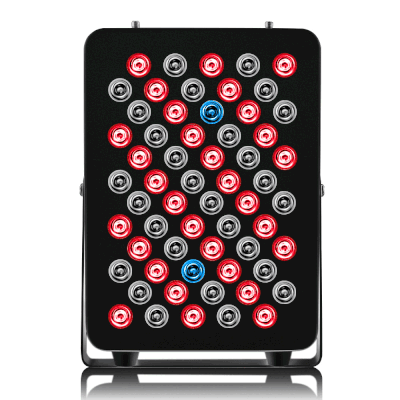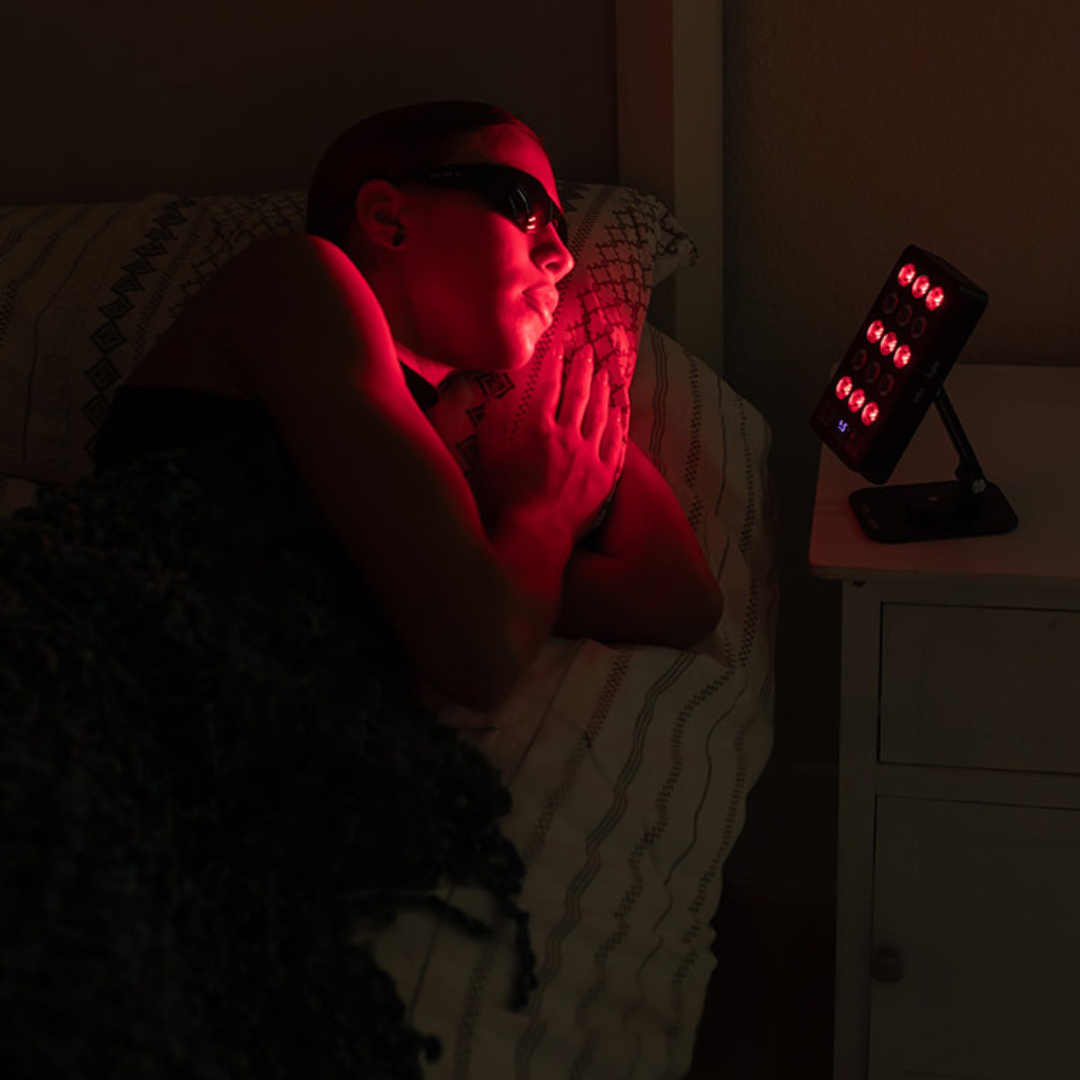![]() Free Shipping
Free Shipping ![]() Buy Now, Pay Later
Buy Now, Pay Later ![]() Eligible
Eligible
Red Light Therapy for ACL Recovery: A Comprehensive Guide

Anterior Cruciate Ligament (ACL) injuries are among the most daunting challenges an athlete or active individual can face. The journey from injury to full recovery is often long, painful, and fraught with setbacks. Traditional rehabilitation is essential, but what if there was a way to accelerate healing, reduce pain, and enhance the repair process at a cellular level?
Enter Red Light Therapy (RLT), also known as Photobiomodulation (PBM). This non-invasive, science-backed treatment is gaining significant traction in sports medicine as a powerful adjunct to standard ACL rehab protocols. This article will shed light on how RLT works and why it’s becoming a game-changer for ACL recovery.
Understanding the ACL and the Recovery Challenge
The ACL is a critical ligament that stabilizes the knee joint, preventing the tibia from sliding out in front of the femur. A tear typically requires surgery (ACL reconstruction), followed by 6-9 months or more of intensive physical therapy.
The main biological challenges during recovery are:
- Controlling Inflammation: The initial post-surgical phase involves significant swelling and inflammation.
- Managing Pain: Effective pain management is crucial for early mobilization.
- Promoting Tissue Regeneration: Ligaments are notoriously slow-healing due to poor blood supply.
- Restoring Range of Motion: Scar tissue formation can limit movement.
How Does Red Light Therapy Work? The Science Simplified
Red Light Therapy uses specific wavelengths of red and near-infrared (NIR) light to penetrate the skin and soft tissues. Unlike UV light, this light is safe and does not damage the skin. Instead, it acts as a catalyst for healing.
The primary mechanism occurs within the mitochondria—the “powerhouses” of our cells.
Dr. Michael Hamblin, a leading PBM researcher from Harvard, explains: “When light in the red and near-infrared spectrum is absorbed by cytochrome c oxidase in the mitochondria, it leads to an increase in adenosine triphosphate (ATP) production. Simply put, it gives your cells more energy to function and repair themselves.”
This boost in cellular energy triggers a cascade of beneficial effects crucial for ACL recovery.
The Key Benefits of Red Light Therapy for ACL Rehabilitation
Integrating RLT into your rehab plan can target multiple aspects of the healing process simultaneously.
1. Reduced Inflammation and Swelling
RLT modulates the body’s inflammatory response, reducing the concentration of pro-inflammatory cytokines. This leads to a significant decrease in swelling around the knee joint, allowing for easier movement and less pain.
2. Accelerated Tissue Repair and Collagen Production
The increase in ATP production fuels fibroblasts, the cells responsible for generating collagen. Collagen is the primary building block of ligaments. By stimulating fibroblasts, RLT directly promotes the repair and strengthening of the new ACL graft and the surrounding tissues.
3. Pain Relief
RLT has been shown to help block pain signals and increase blood flow, which flushes out pain-inducing metabolites. It provides a drug-free alternative for managing post-surgical and rehab-related pain.
4. Improved Blood Circulation and Oxygenation
The therapy stimulates the formation of new capillaries (angiogenesis), enhancing blood flow to the injured area. This delivers more oxygen and nutrients necessary for repair while removing waste products.
Red Light Therapy in Practice: A Stage-by-Stage Guide for ACL Recovery
You can use RLT throughout the entire recovery timeline. Here’s a typical protocol:
| Recovery Phase | Primary Goals | RLT Application & Benefits |
|---|---|---|
| Phase 1: Post-Op (0-2 weeks) | Control pain, reduce swelling, protect graft | Application: Low-intensity treatment around the knee (avoiding direct incision until healed). Benefits: Manages inflammation, reduces pain, prepares tissue for healing. |
| Phase 2: Early Rehab (2-6 weeks) | Restore range of motion, activate muscles | Application: Direct treatment on the knee and quadriceps. Benefits: Eases stiffness, promotes healing for early weight-bearing and exercises. |
| Phase 3: Strengthening (Months 2-4) | Rebuild muscle strength, improve neuromuscular control | Application: Target the knee, quads, hamstrings, and glutes. Benefits: Enhances muscle recovery after workouts, reduces delayed-onset muscle soreness (DOMS), supports continued ligament strengthening. |
| Phase 4: Return to Sport (Months 6-9+) | Agility training, sport-specific drills | Application: Use as a pre-workout warm-up to prime cells and a post-workout recovery tool. Benefits: Optimizes performance, minimizes risk of re-injury, ensures tissues remain healthy under high stress. |
How to Use Red Light Therapy for Your ACL
Professional vs. At-Home Devices
- Professional Treatments: Offered at physical therapy clinics, sports medicine centers, and wellness spas. They use high-powered devices, ensuring optimal dosage and application under expert guidance.
- At-Home Devices: Including panels, wraps, and handheld units. These offer convenience for daily use. When choosing a device, look for:
- A combination of Red (630-660nm) and Near-Infrared (810-850nm) wavelengths for deep tissue penetration.
- Sufficient power density (irradiance) to make treatments effective and time-efficient.
VELLGUS Elite V2
THE #1 RATED RED LIGHT DEVICE
A Typical Treatment Protocol
- Frequency: Daily use is ideal, especially in the early stages. 3-5 times per week can be effective during later phases.
- Session Length: Typically 10-20 minutes per area (e.g., knee, quadriceps).
- Distance: Follow the manufacturer’s guidelines, usually 6-12 inches from the skin.
- Consistency is Key: Like any therapy, the benefits are cumulative.
The Bottom Line: A Brighter Future for ACL Recovery
Red Light Therapy is not a magic bullet that replaces the hard work of physical therapy. Instead, it is a powerful, evidence-based tool that enhances the body’s innate healing capabilities.
A quote from a physical therapist specializing in sports rehab: “In my practice, I’ve seen patients using red light therapy experience less swelling in the first critical weeks after ACL surgery. This often allows them to engage more effectively with their exercises sooner, which can positively impact their entire recovery trajectory.”
By reducing inflammation, accelerating tissue repair, and relieving pain, RLT can help you navigate the long road of ACL recovery more comfortably and efficiently, bringing you one step closer to returning to the activities you love.








